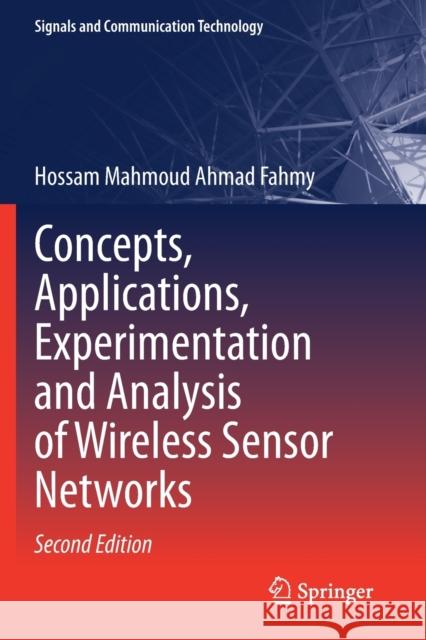Concepts, Applications, Experimentation and Analysis of Wireless Sensor Networks » książka
topmenu
Concepts, Applications, Experimentation and Analysis of Wireless Sensor Networks
ISBN-13: 9783030580179 / Angielski / Miękka / 2021 / 754 str.
The new edition of this popular book has been transformed into a hands-on textbook, focusing on the principles of wireless sensor networks (WSNs), their applications, their protocols and standards, and their analysis and test tools; a meticulous care has been accorded to the definitions and terminology. To make WSNs felt and seen, the adopted technologies as well as their manufacturers are presented in detail. In introductory computer networking books, chapters sequencing follows the bottom up or top down architecture of the seven layers protocol. This book starts some steps later, with chapters ordered based on a topic’s significance to the elaboration of wireless sensor networks (WSNs) concepts and issues. With such a depth, this book is intended for a wide audience, it is meant to be a helper and motivator, for both the senior undergraduates, postgraduates, researchers, and practitioners; concepts and WSNs related applications are laid out, research and practical issues are backed by appropriate literature, and new trends are put under focus. For senior undergraduate students, it familiarizes readers with conceptual foundations, applications, and practical project implementations. For graduate students and researchers, transport layer protocols and cross-layering protocols are presented and testbeds and simulators provide a must follow emphasis on the analysis methods and tools for WSNs. For practitioners, besides applications and deployment, the manufacturers and components of WSNs at several platforms and testbeds are fully explored.











